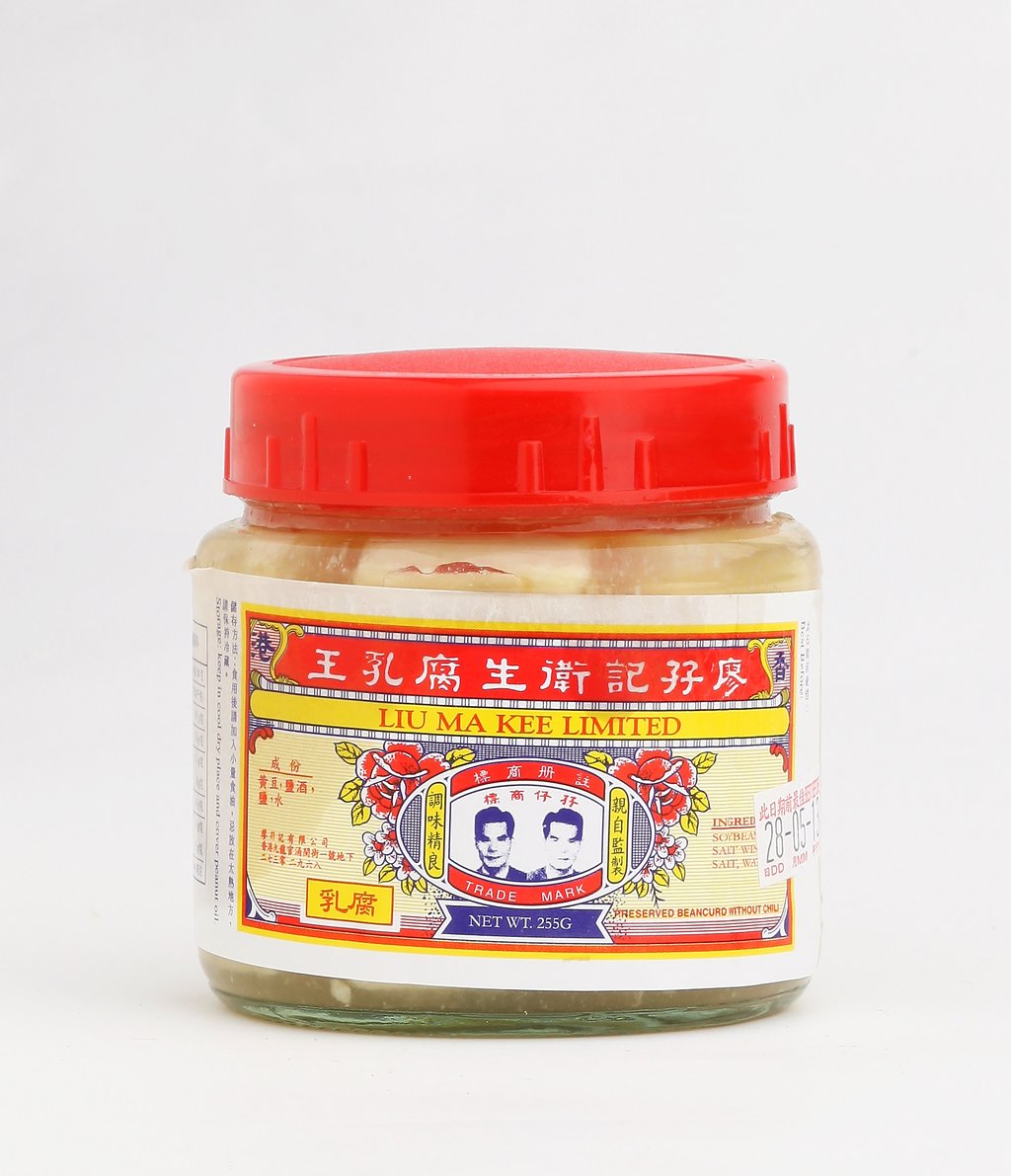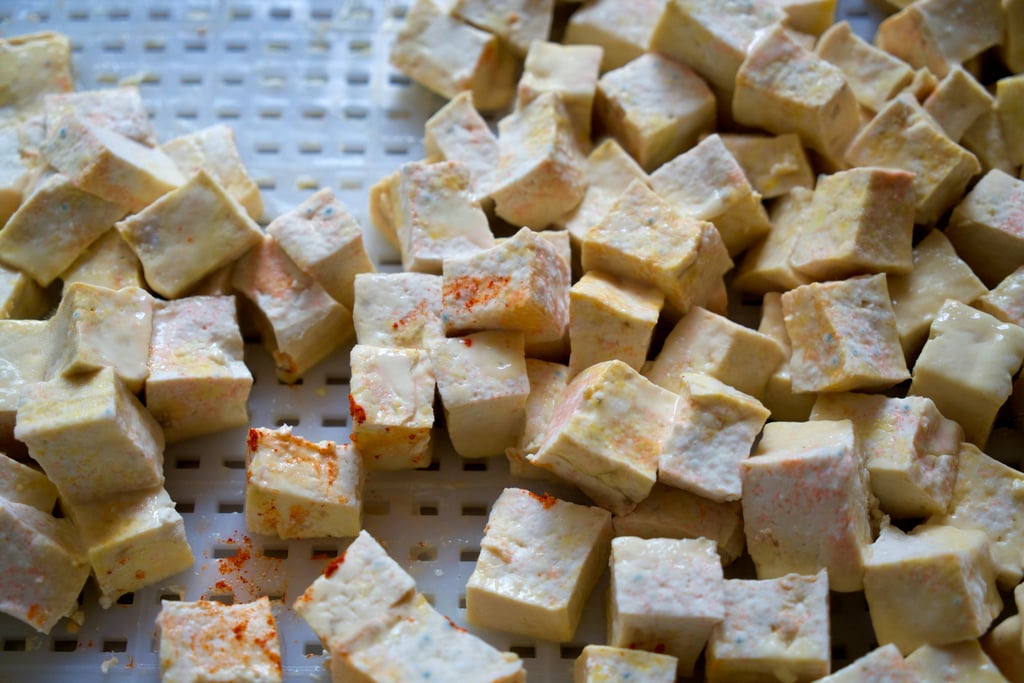The invention of doufu is traditionally attributed to Liu An (179–122 BC), the prince of Huainan, who is said to have created it in east central China. Liu An, a grandson of the founding emperor of the Western Han dynasty, was also the supposed inventor of soy milk.

Given his obsession with achieving longevity, immortality if possible, Liu An was something of an expert on health and nutrition. When his mother fell ill, the prince soaked soybeans in water, and then ground them to make soy milk, which he gave to his mother.
She recovered after drinking it, news of its efficacy spread, and soy milk became a popular drink.
One day, in 141 BC, Liu An was cooking an elixir for immortality on Bagong Mountain, in present-day Anhui province, when he accidentally dropped some gypsum (or brine, according to some records) into soy milk, which caused the liquid to coagulate.
Liu An tasted what he had made, and it was very good. Thus was doufu created.
The above account is alluded to in a few historical texts, but these records were written centuries after Liu An’s death.

Furu is doufu that has undergone fermentation with the addition of certain species of mould, not unlike the making of blue cheeses. There are several regional varieties, with different flavours.
The white variety, which is ivory white to yellow, has a clean, briny taste. The red ones, coloured by the addition of red yeast rice in the fermentation process, are finer in texture with a rich, umami flavour.
Green furu is on another level altogether. Like the infamous stinky doufu, it smells like death.
The variety that I’m most familiar with is the Cantonese version, or “southern furu” (nam yue in Cantonese), which is a red furu, but with a hint of spiciness. It goes very well with white rice or plain, watery rice gruel. It is also used as a seasoning to give a little something extra to vegetables or meat.

Perhaps the most common Cantonese dish that uses furu is the one where a sauce made from furu is poured over Ipomoea aquatica, the green, leafy vegetable with hollow stems, which is known by various English names including water spinach, morning glory and convolvulus.
Not everyone is a fan of furu, or even doufu. Someone I know wouldn’t touch furu in any form. Then again, this person finds most fermented foods revolting, be they furu, tempe, yogurt, kombucha or kefir.
I’ve also heard a person of European descent describe the taste of doufu as “chewed toothpicks”, which is not an unfair comment, especially the slightly harder versions.
Whatever it is called – doufu, tofu, dubu (Korean), tahu (Malay by way of Hokkien-Minnan), bean curd – it is a good, inexpensive and eco-friendly source of protein. The world should eat more of it.

